When planning a multi-day winter trip to kick off my winter vacation, I envisioned sounds of fresh snow breaking away beneath my feet, crisp air biting my cheeks. Instead I found myself hiking a mile in from a Sno-Park in merely my boots, snowshoes strapped to my pack, the half-melted, thin layer of December snow barely resembling anything that would have required more extreme gear. When I finally reached more rugged terrain, I miserably strapped on my snowshoes, an afternoon rain dripping off the bill of my rain jacket and into my face. This was not a winter trip. I cursed silently.
This multi-day snowshoeing trip would be my first, and in the midst of an incredibly cold and gray winter, the thought of getting to do a winter trip without the wet hassle of winter camping seemed enticing, and so I’d chosen to try a hut-to-hut system, where accommodations were simple and trails were groomed. Tucked into the foothills of Mount Rainier, Mount Tahoma Trails Association maintains North America’s largest No-Fee Hut-to-Hut Trail System in North America. With more than 50 miles of trails, 20 of which are ungroomed, and in the vicinity of one of the Pacific Northwest’s most iconic National Parks it’s a snowshoer’s paradise, complete with warm and well-equipped accommodations.
There’s a certain romanticism in staying in backcountry cabins, spending a day trekking through cold snow and wintry conditions with the knowledge that whatever happens you’ll still end up with a roof over your head and the chance to curl up with a warm drink in front of a fireplace. That, and it simply takes out the time consuming part of planning for backcountry winter camping. When you’re planning trips on short notice and only have a few days to spare, this can be the difference between taking off to explore the great outdoors and simply accepting second best and resorting to day hikes.
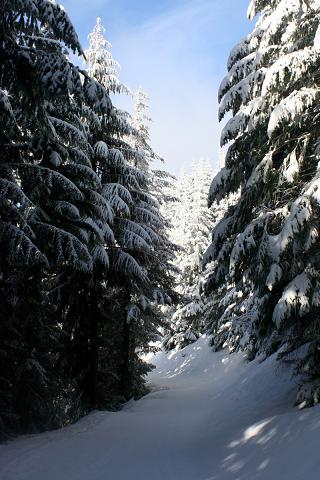
I had spent some time researching the potential of places where I could snowshoe in and stay in some form of maintained accommodations, and because of time and logistical constraints (I was borrowing my father’s car who lives outside of Seattle) I settled on the MTTA huts. In a world of sleek websites and live Twitter feeds, I was secretly happy to find that the MTTA website felt just a little old school and I was forced to snail mail in my reservation; MTTA doesn’t accept reservations online or over the phone. For someone that enjoys finding spots off the beaten track, this boded well.
After a stop at Whittaker Mountaineering the first morning of the trip to pick up a map of the trail system, I was ready to experience this much talked about hut-to-hut system first hand. But with my windshield driving to the trailhead pelted with raindrops, and even after I finally made it to a section of trail that even necessitated snowshoes, things felt more like a miserable death walk than a delightful snowshoe. I frowned.
Good snowshoeing after all requires snow, and snow requires certain weather. Gray downpour wasn’t exactly that, and I trudged along cursing every footstep, wondering what I had gotten myself into, and “would you be happier sitting in front of your parents’ fireplace right now?” Yes, was the answer, but I pushed along, any benefit of being outside taking second place to my frustration that the weather wasn’t working in my favor.
Well versed in the fickle nature of Pacific Northwest weather, I should have known better, in fact I should have been happy about the mere fact that I was away from the computer and outside completely disconnected, and yet all I wanted for this snowshoeing trip was blue skies, sparkly white untouched trails and morning cowboy coffee with perfect views over Mount Rainier. This thought rotated through my brain as I watched the miles tick by, the downpour slowly turning to a mist.
To read this entire article, click here.
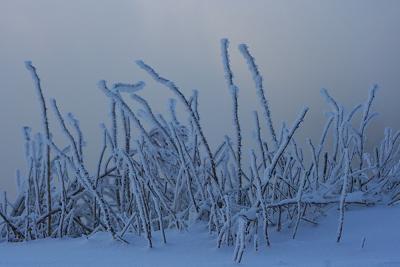

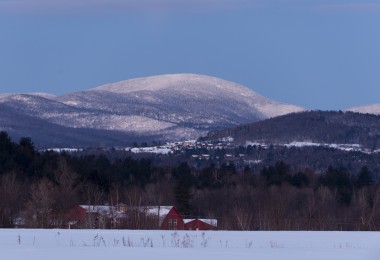
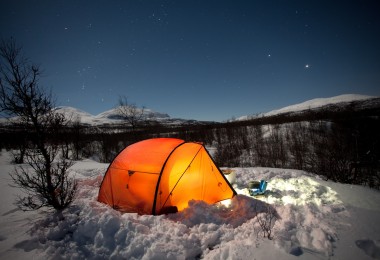
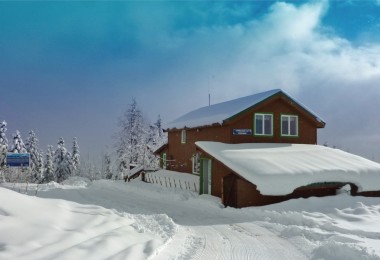
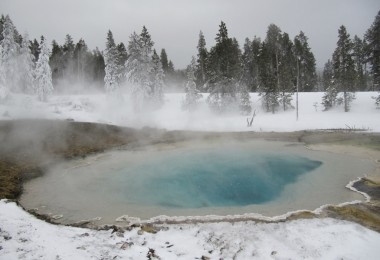

Leave a Comment